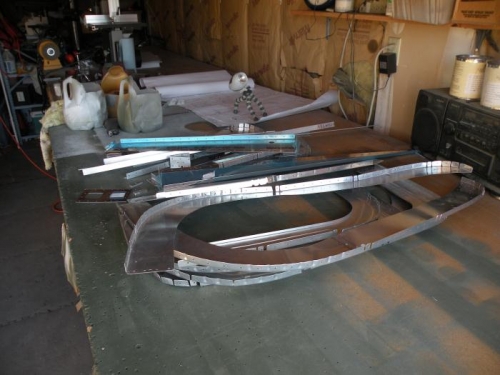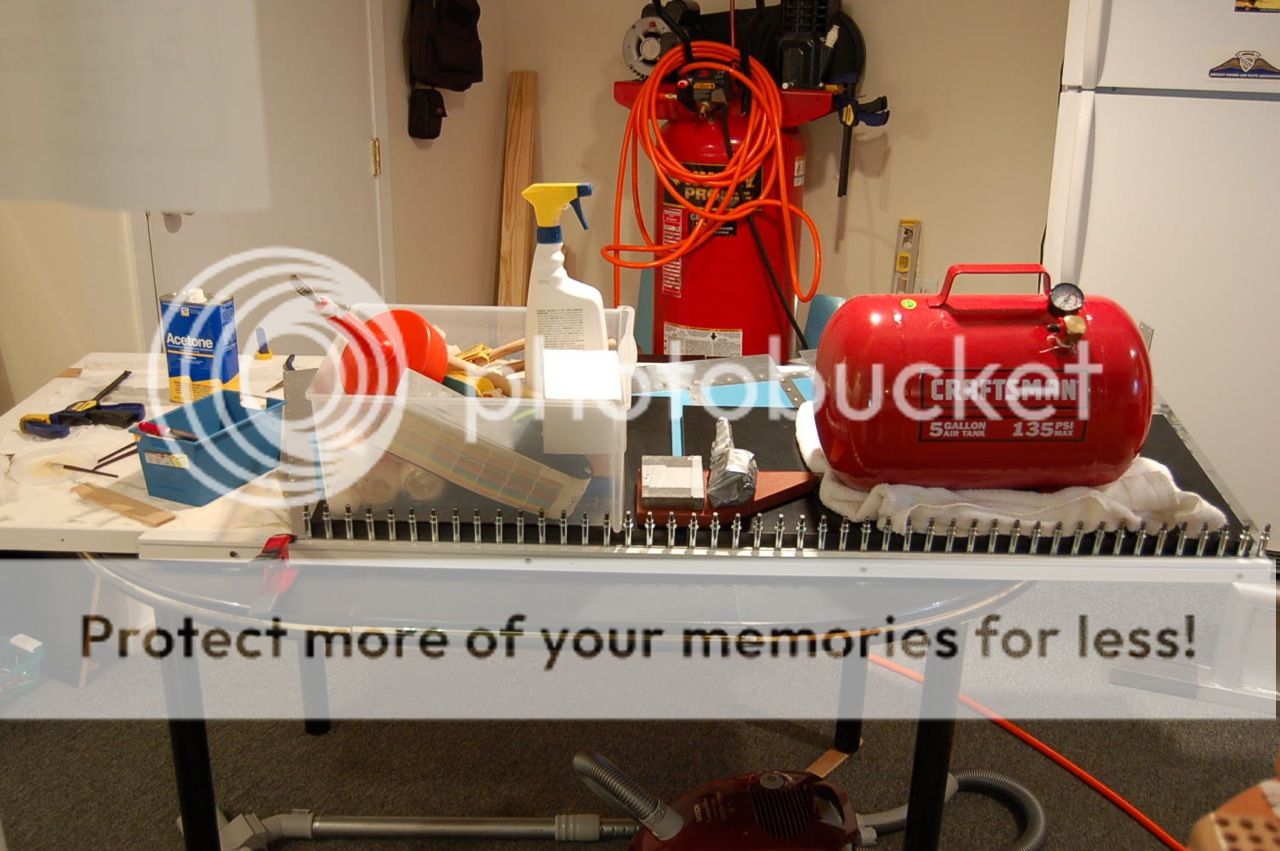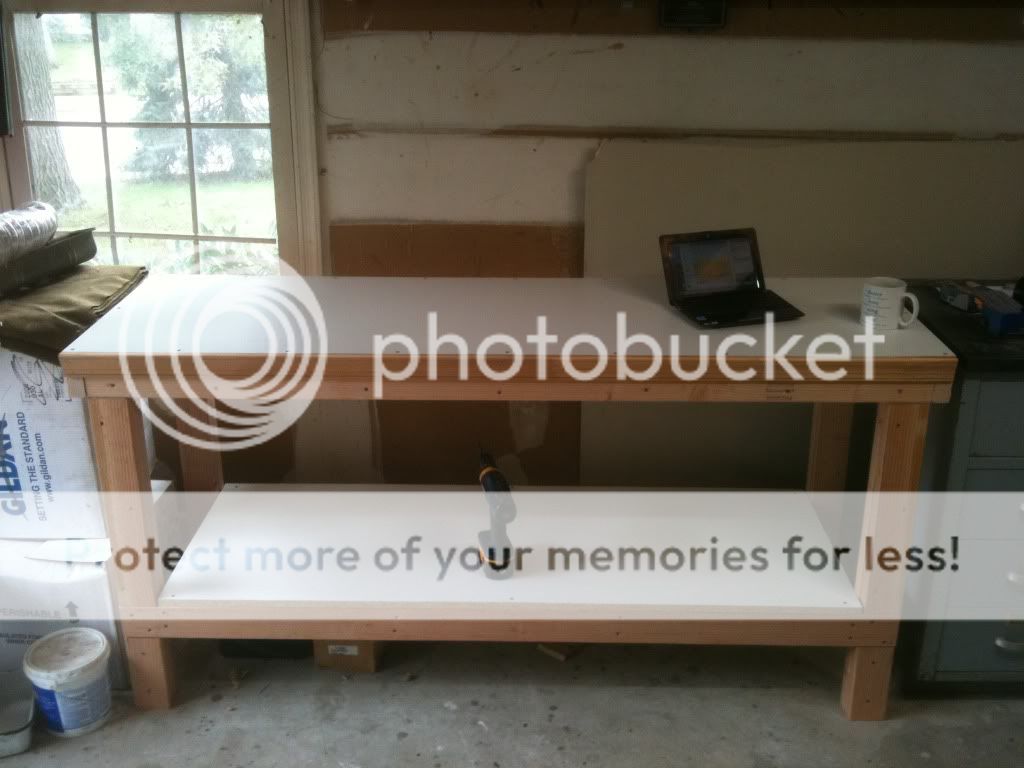E. D. Eliot
Well Known Member
Looking for information on which material is best for the top of my work bench. Is there any consensus - does the 'best material' change as the project evolves? Looks like many use a perforated rubber drawer liner material when drilling/deburring, etc and then switch to carpet of blanket when it comes time to rivet on wing/emph skins. Thanks for the info.







